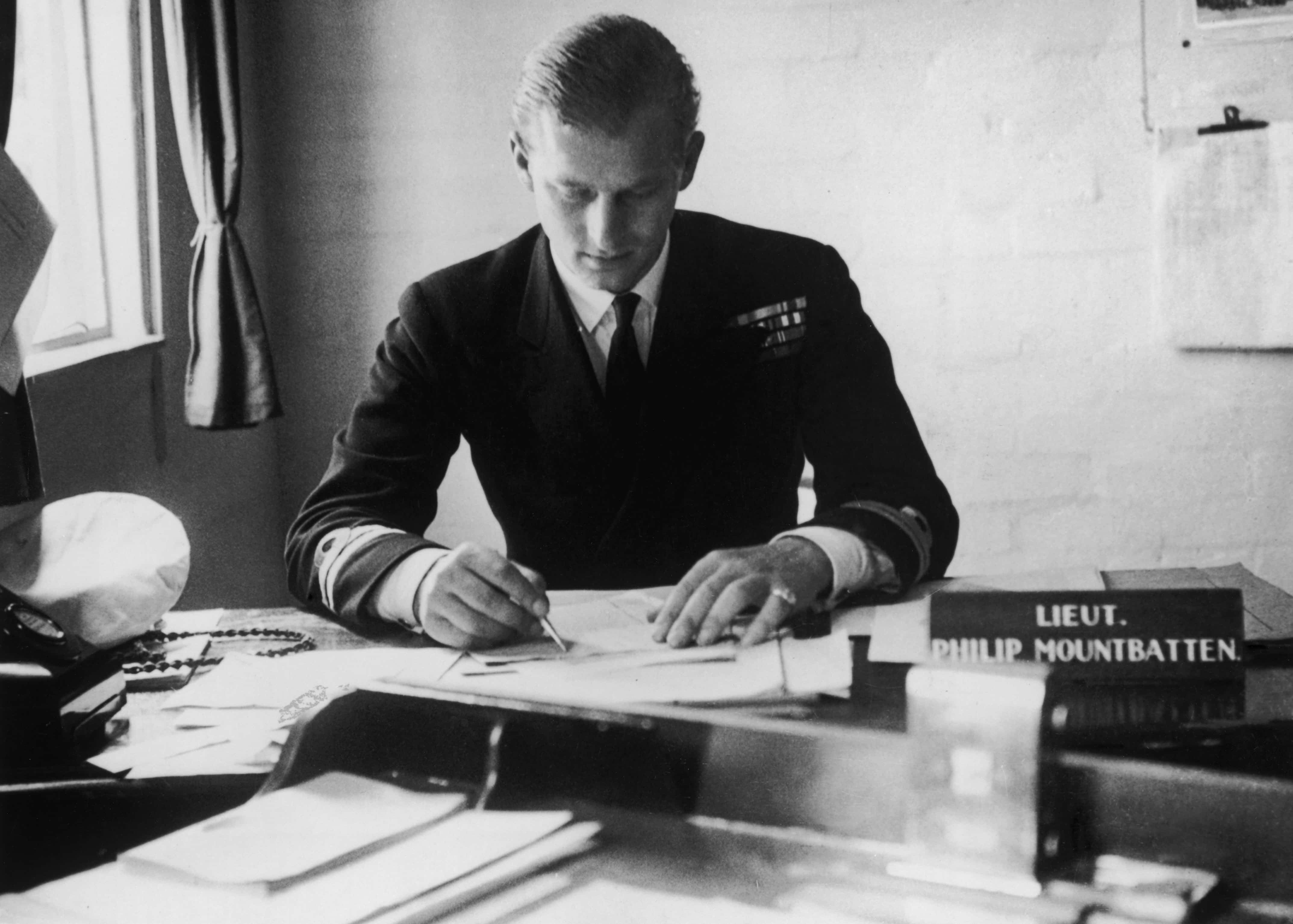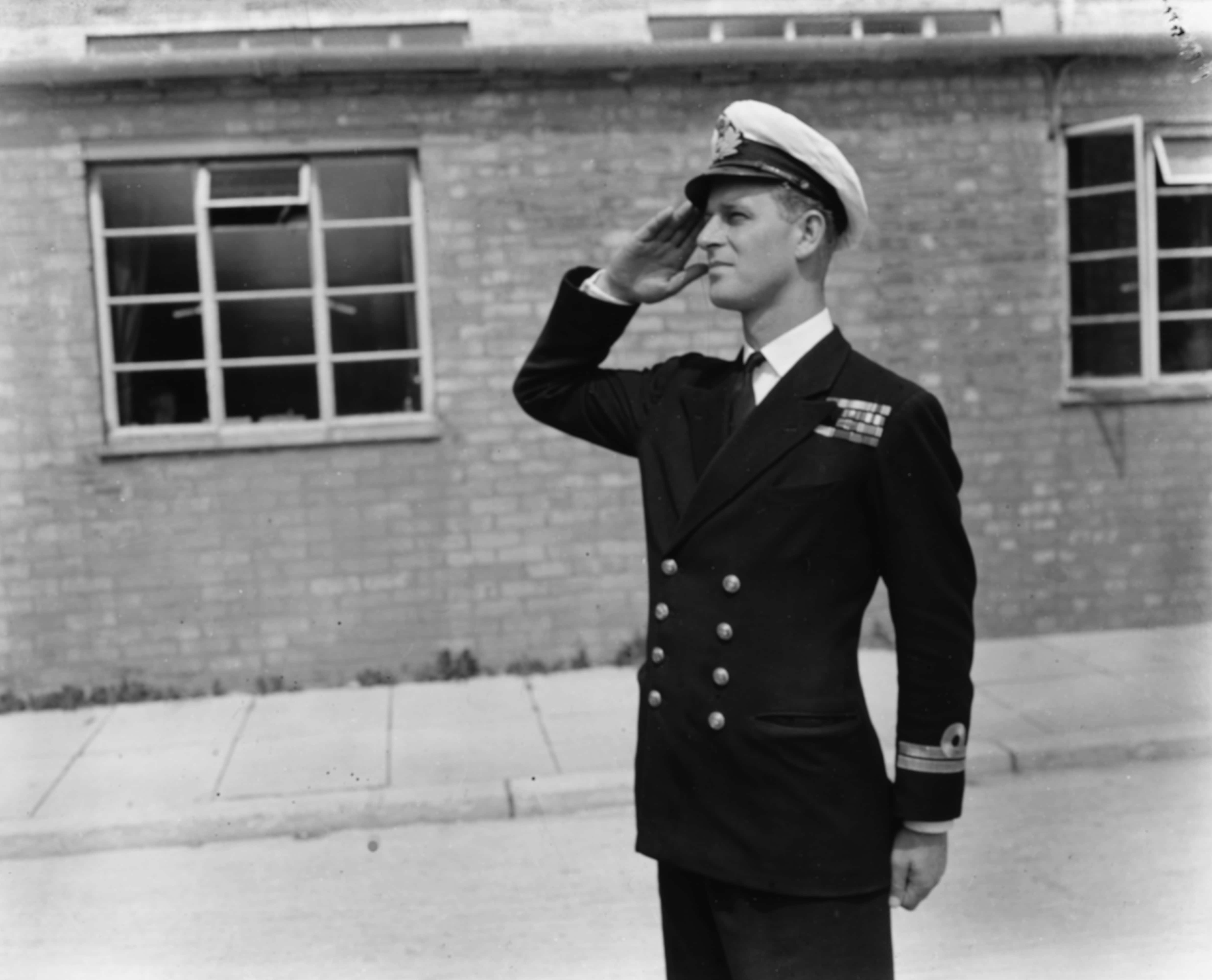How Prince Philip was in line of succession to two thrones before marrying Queen Elizabeth II

Prince Philip died on April 9, 2021, just two months short of his 100th birthday. Over the course of his life, Philip donned many hats - sometimes that of a naval commander, a husband, a father, but most of all, he will be known as the longest-serving royal consort in British history.
In light of his death, all the decades and remarkable events throughout his life are being looked back upon. Not many know that before marrying the Queen in 1947, the Prince was in the line of succession to two thrones.
RELATED ARTICLES
Why was Prince Philip not king? Duke of Edinburgh became 'Prince Consort' after marrying Queen

Prince Philip, Duke of Edinburgh, Earl of Merioneth and Baron Greenwich, was also known as Prince Philip of Greece and Denmark. He was the only son and fifth and final child of Prince Andrew of Greece and Denmark and Princess Alice of Battenberg. He was born on the Greek island of Corfu on June 10, 1921. His four older sisters are Cecilie, Sophie, Margarita and Theodora.
Although he was not British, Philip had family ties to England. Shortly after his birth, Philip's maternal grandfather Prince Louis of Battenberg, who was then known as Louis Mountbatten, Marquess of Milford Haven, died in London.
Father was Prince Andrew of Greece and Denmark

Philip's father Prince Andrew of the House of Schleswig-Holstein-Sonderburg-Glücksburg was the seventh child and fourth son of King George I of Greece -- the king of Greece from 30 March 1863 until his assassination in 1913 -- and Olga Constantinovna of Russia. By birth, he was a prince of both Denmark and Greece by virtue of his patrilineal descent.
Mother, Princess Alice of Battenberg
Princess Alice of Battenberg was a great-granddaughter of Queen Victoria and was actually born in Windsor Castle. Upon marrying Prince Andrew of Greece and Denmark in 1903, she adopted the style of her husband, becoming Princess Andrew of Greece and Denmark. The royal couple was closely related to the ruling houses of the United Kingdom, Germany, Russia, Denmark, and Greece. Their wedding was reportedly one of the great gatherings of the descendants of Queen Victoria and Christian IX of Denmark and was held before World War I.
Family in exile

In 1917, most of the Greek royal family was exiled. A few years later, they would return to Greece, but her husband would be blamed in part for the country's defeat in the Greco-Turkish War, and once again, they would be forced into exile. That is until 1935 when the Greek monarchy was restored.
In the line of succession for the thrones
And hence, Prince Philip, a member of the House of Glücksburg, the ruling house of Denmark, was a prince of both Greece and Denmark by virtue of his patrilineal descent from George I of Greece and Christian IX of Denmark, and he was from birth in the line of succession to both the thrones.











